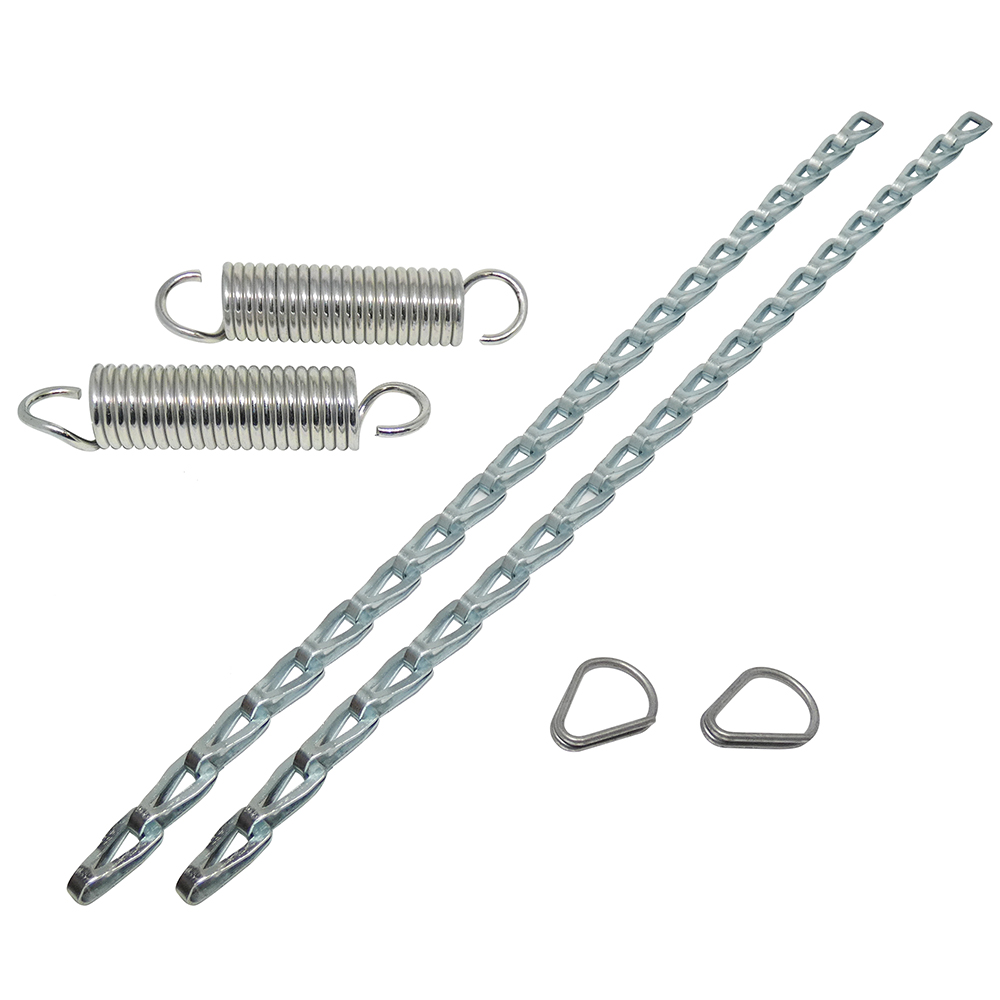Just curious what other are using for their tailwheel steering connectors? (Please post some pics if you have them). The 4 Place manuals suggest the Maule Anti-Shimmy Connector set.
https://www.aircraftspruce.com/catal...le_springs.php
What works best?
https://www.aircraftspruce.com/catal...le_springs.php
What works best?





Comment